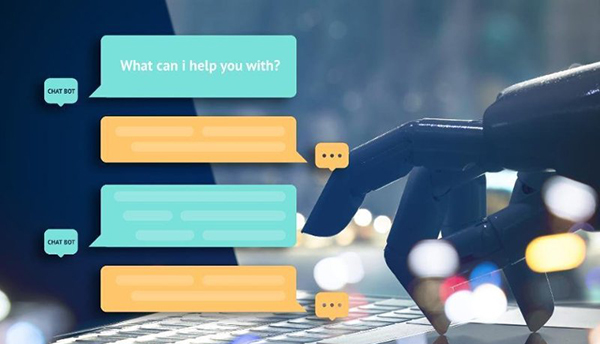August 24, 2020 / by Vijith Sivadasan / In update
Looking ahead to prevent future chatbot troubles
The world is moving towards a user experience that is more chat-driven, with the final goal being to humanise technology to make communication with robots (or chatbots) easier, and by extension our tasks simpler.
As of 2017, according to a survey by HubSpot, 27 per cent of consumers around the world showed some interest in AI-based programmes. This is quite a high number, but not a surprising one, for humans have shown a readiness to embrace this change. An important barometer of this change is that fact that almost half the consumers (48 per cent) prefer live chat when getting in touch with an organisation rather that use other modes of communication. But at the same time, those using chatbots for their daily use will be aware that is isn’t simple dealing with one. With this in mind, here’s four ways to avoid seeing your chatbot do more damage than good:
- Make sure to use the right amount of communication A chatbot can sometimes be too smart, and this is not meant as a diss. Asking a chatbot to look for movie tickets could result in it taking hours showing various factors like available seats, distance from screen, prices at each theatre, instead of just showing you a general seat map that you yourself can interact with. Careful should be taken with regards to energy, time and resources spent. Remember, 48 per cent of people preferred chabots that solved issues rather than those with good personalities.
- Lean towards familiarity 95 per cent of users feel that chatbots will most benefit the customer service field. But today’s users are used to everything put at the tips of their fingers. They are habituated to different elements like links, tabs, text, buttons and pictures to help them navigate various interfaces on websites and apps. But a chatbot cannot be the same, as it wouldconfuse the user and likely lead to hassles. So to avoid the same, starting with proper opening statements that could trigger normal tasks, something like a “How can I help you?” so as to make the whole experience smooth, helps.
- Try different personalities Bots can be boring if not engaged in the right way. So a good way to prevent this is to ensure the user gives the bot a personality, something that aligns with the former’s vibe, so that they feel like they’re talking to a friend, rather than a machine.
- Use secure connections to chat with these bots Cybercrime is an illegal act that cost the global economy more than $400 billion in 2016, so users are best advised to exercise caution. It is best to keep away from public or free WiFi when/if users want to have a word with chatbots. These networks can lead to hackers getting into your system and stealing vita data, from both the device and the users’ personal haul.
LSI Keywords: chat-driven, humanise technology, AI-based programmes, modes of communication, energy, time and resources, customer service field, interfaces, Cybercrime, hackers
